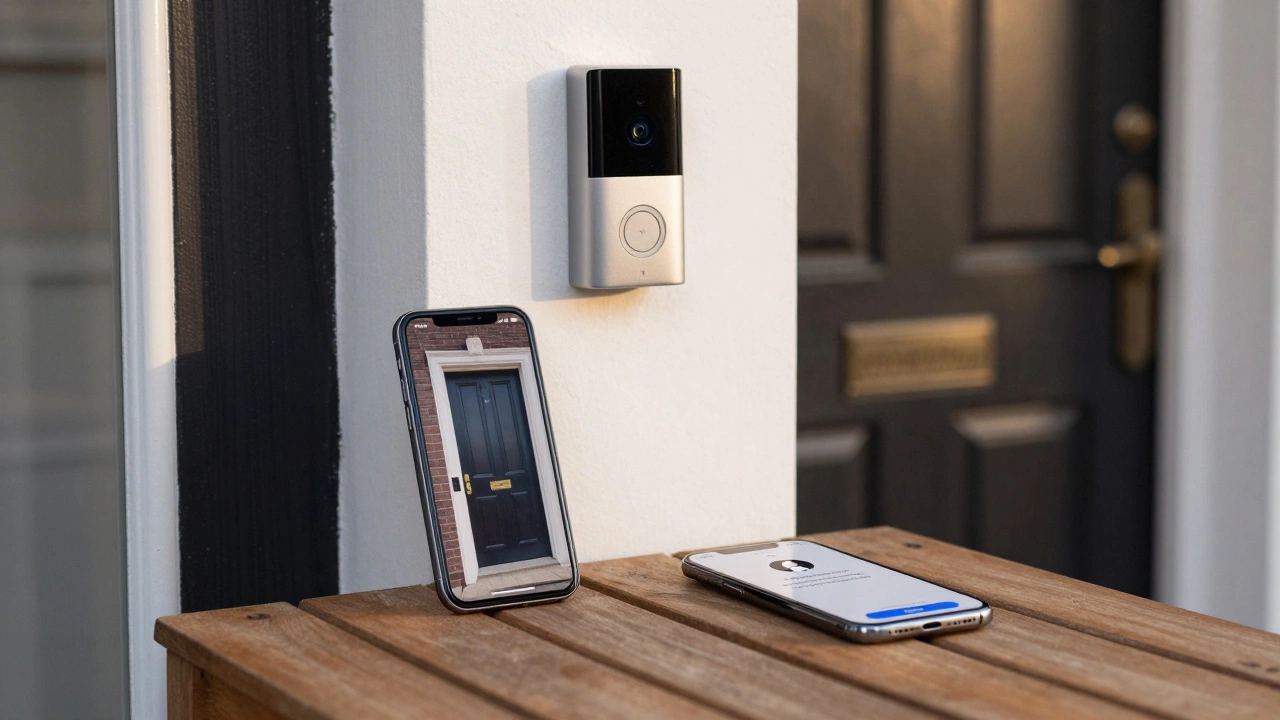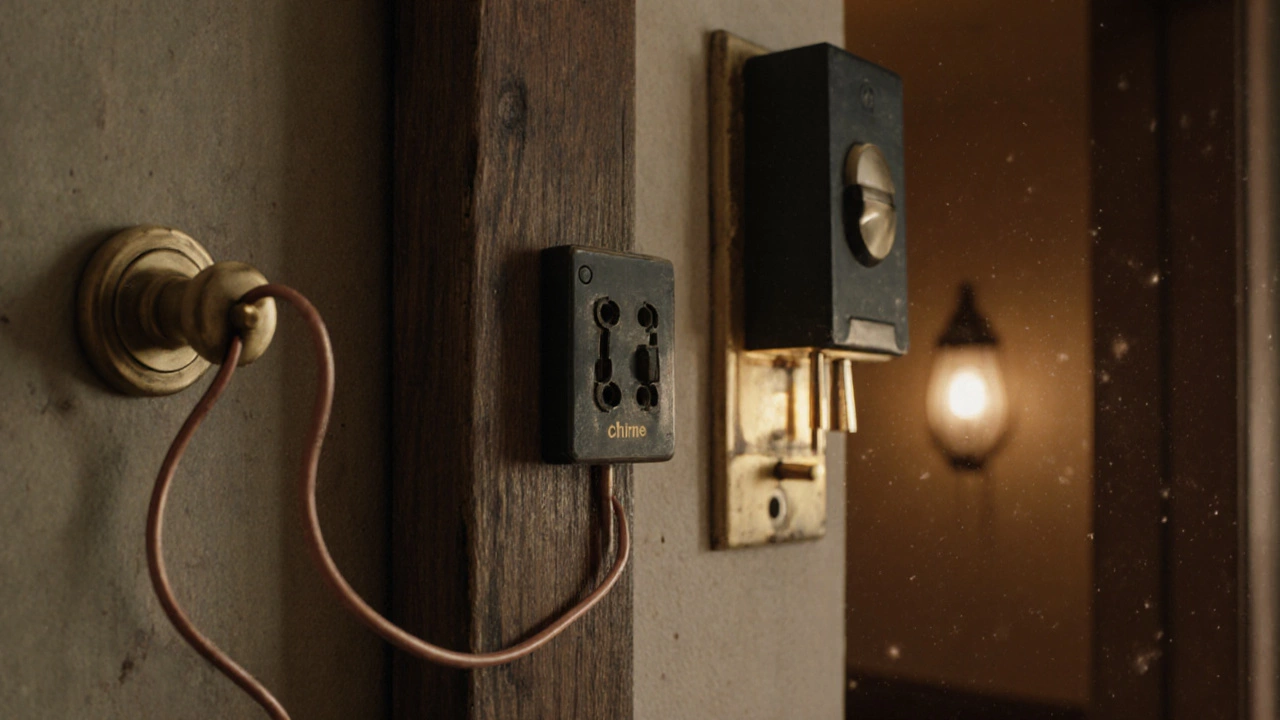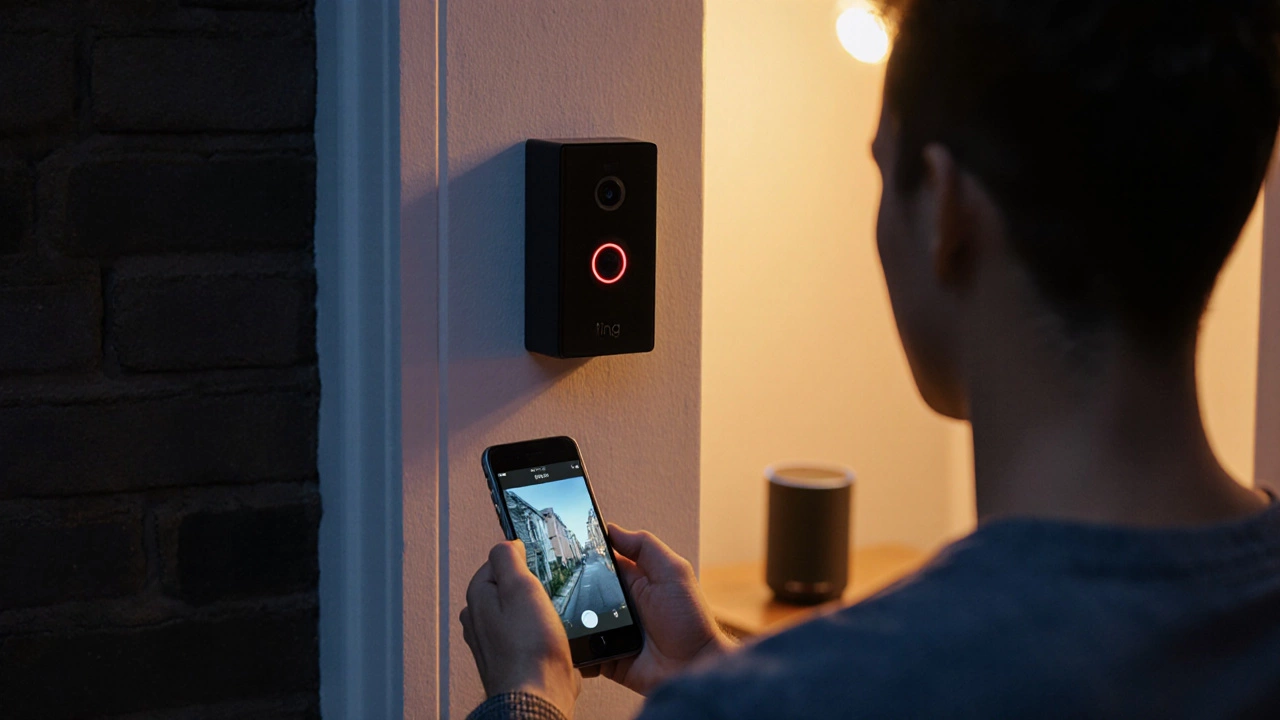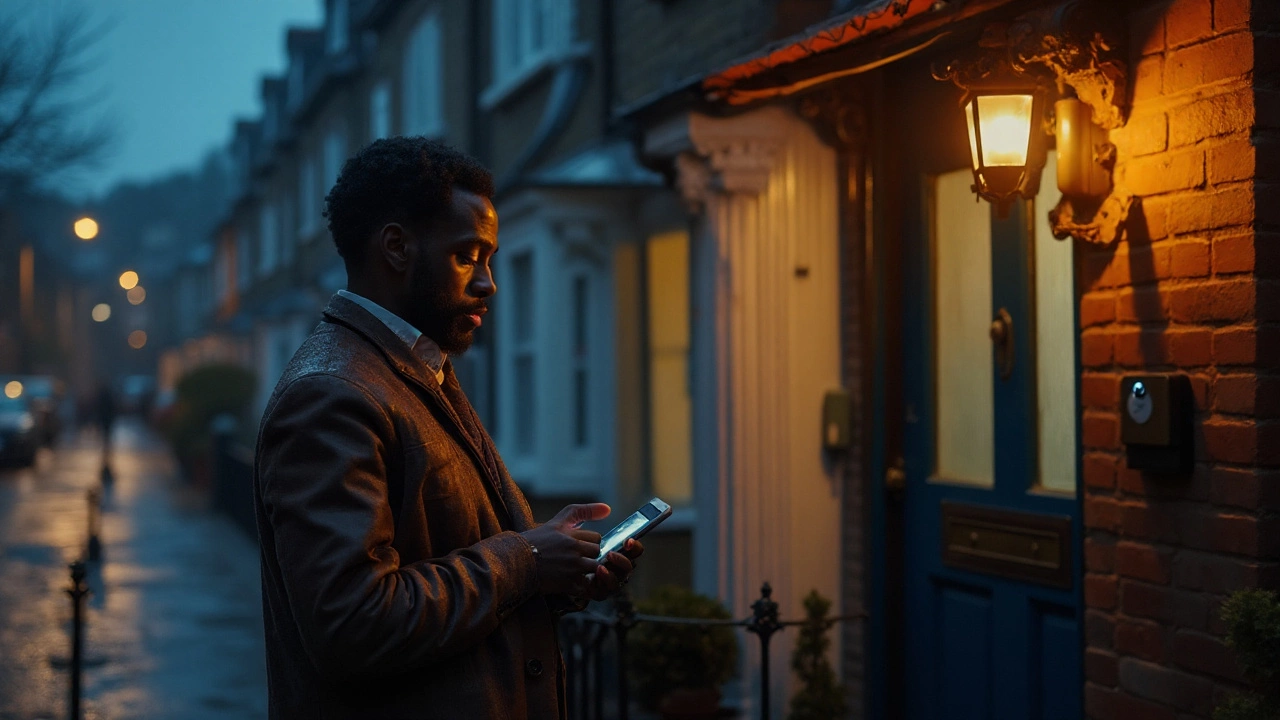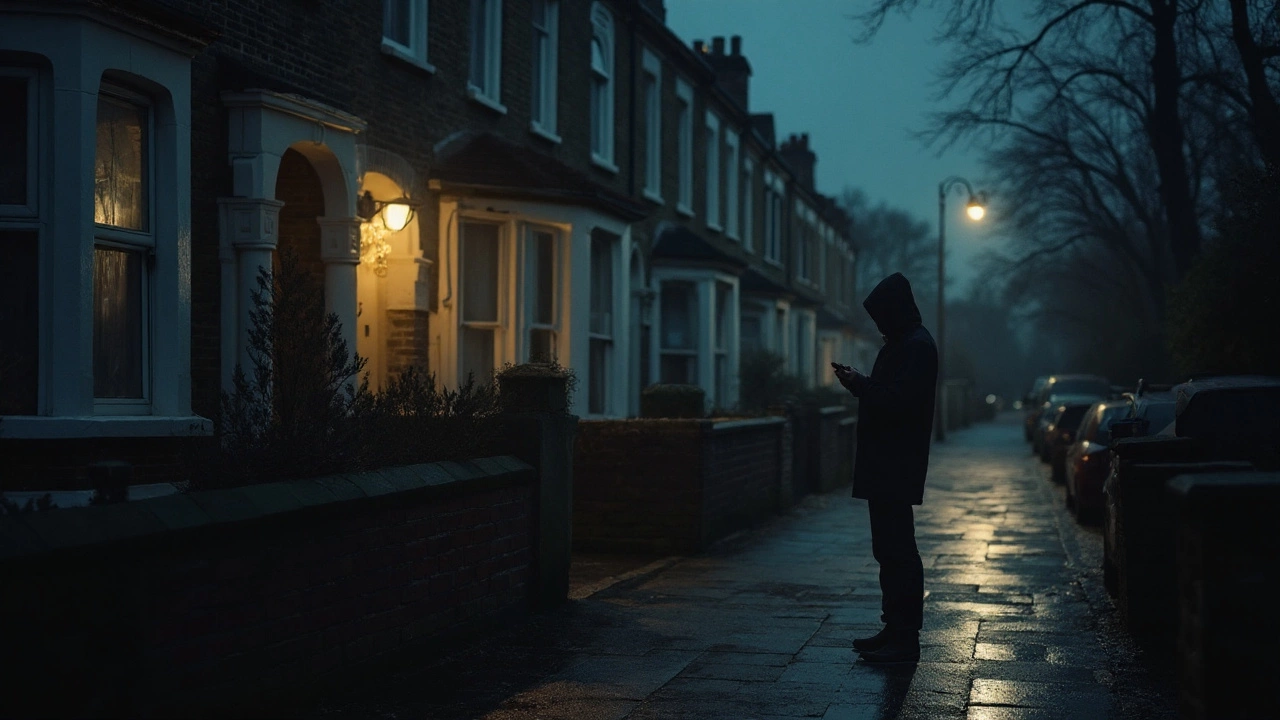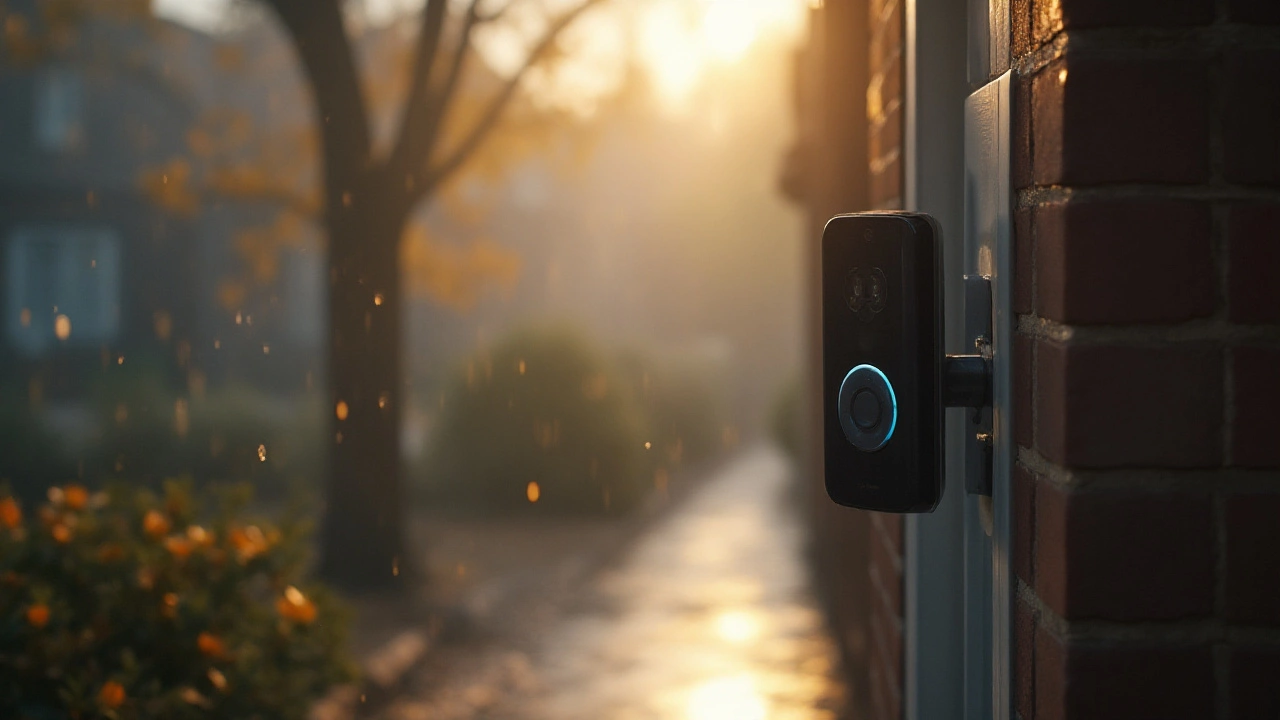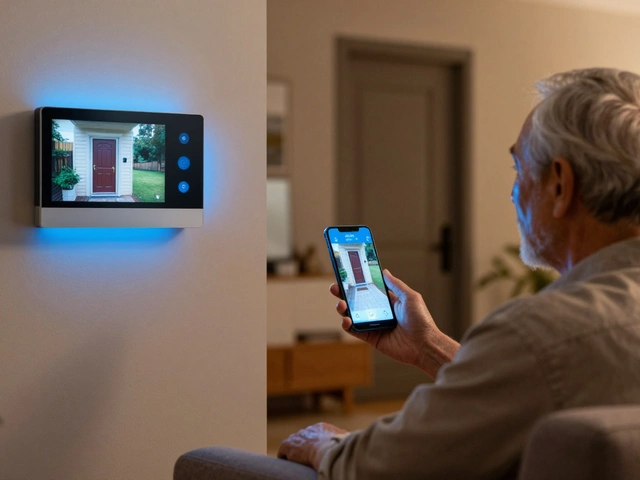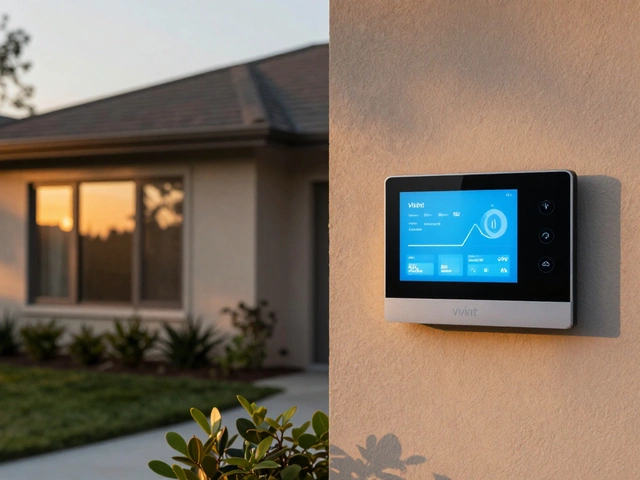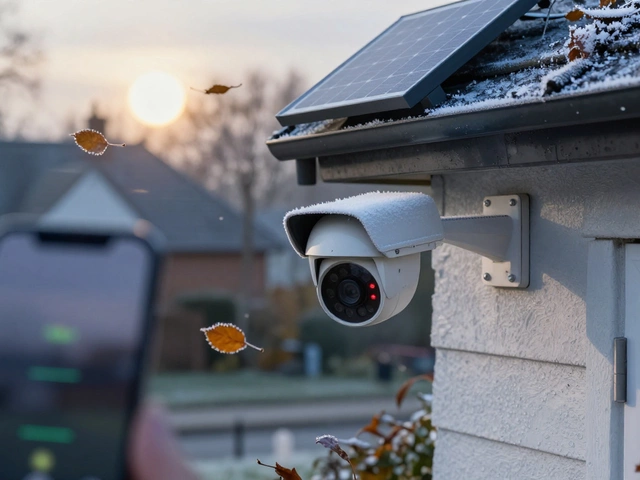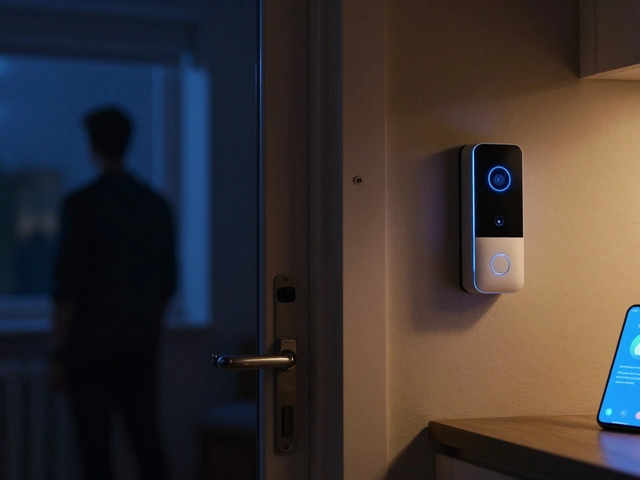Video Doorbells – UK Buying, Wiring & Security Guide
Thinking about a video doorbell? You’re not alone. More households in the UK are adding a camera at the front door to see who’s there, stop unwanted guests and keep a record of packages. The good news is there are plenty of choices, from wired models that use your existing doorbell transformer to battery‑run units that need only a screwdriver. Below you’ll find the basics you need to decide what works for you.
Wired vs Battery – Which Fits Your Home?
A wired doorbell pulls power from the transformer behind your old chime. If you already have a working doorbell, a wired video unit is usually cheap to install and never runs out of juice. The downside is you may need an electrician if the wiring isn’t up to code or if the transformer is too old.
Battery models give you freedom to mount the camera anywhere, even if there’s no wiring nearby. Modern batteries can last 6‑12 months, but you’ll have to replace or recharge them. Some brands offer a solar panel add‑on for easier upkeep. Choose wired if you want set‑and‑forget reliability; go battery if you rent, live in a flat, or just don’t want to mess with wiring.
Privacy, Legal & Subscription Basics
UK privacy law means you can’t point a camera at a neighbour’s garden without a good reason. Most video doorbells let you set a field‑of‑view limit, so the lens only records the front doorstep. Keep the app password strong and enable two‑factor authentication to stop strangers from hacking in.
Many manufacturers, especially Ring, charge a monthly fee for cloud storage and advanced alerts. You can still get live video for free, but recordings disappear after a few days. If you don’t want a subscription, look for models that store footage locally on a micro‑SD card.
When you’re picking a doorbell, think about video quality, motion zones, and how it talks to your phone. 1080p is standard now and gives clear faces even at night. Look for night‑vision LEDs that don’t blind visitors. A good app will send you a push alert the second someone presses the button or triggers motion.
Installation is usually a weekend project. Turn off the power at the fuse box, remove the old button, connect the new wires or snap in the battery unit, and attach the mounting bracket. Most guides include step‑by‑step pictures, and the Birmingham Security Command Center can help if you hit a snag.
Finally, match the doorbell to your smart home ecosystem. If you use Alexa, Google Home or Apple HomeKit, choose a model that integrates directly – you’ll get voice control and you can add the camera to existing routines.
Bottom line: a video doorbell can boost security, help you catch package thieves and give you peace of mind. Whether you go wired or battery, free or subscription, the key is to pick a reliable brand, secure the app, and follow the basic wiring rules. With the right setup, you’ll know who’s at the door before you even open it.

